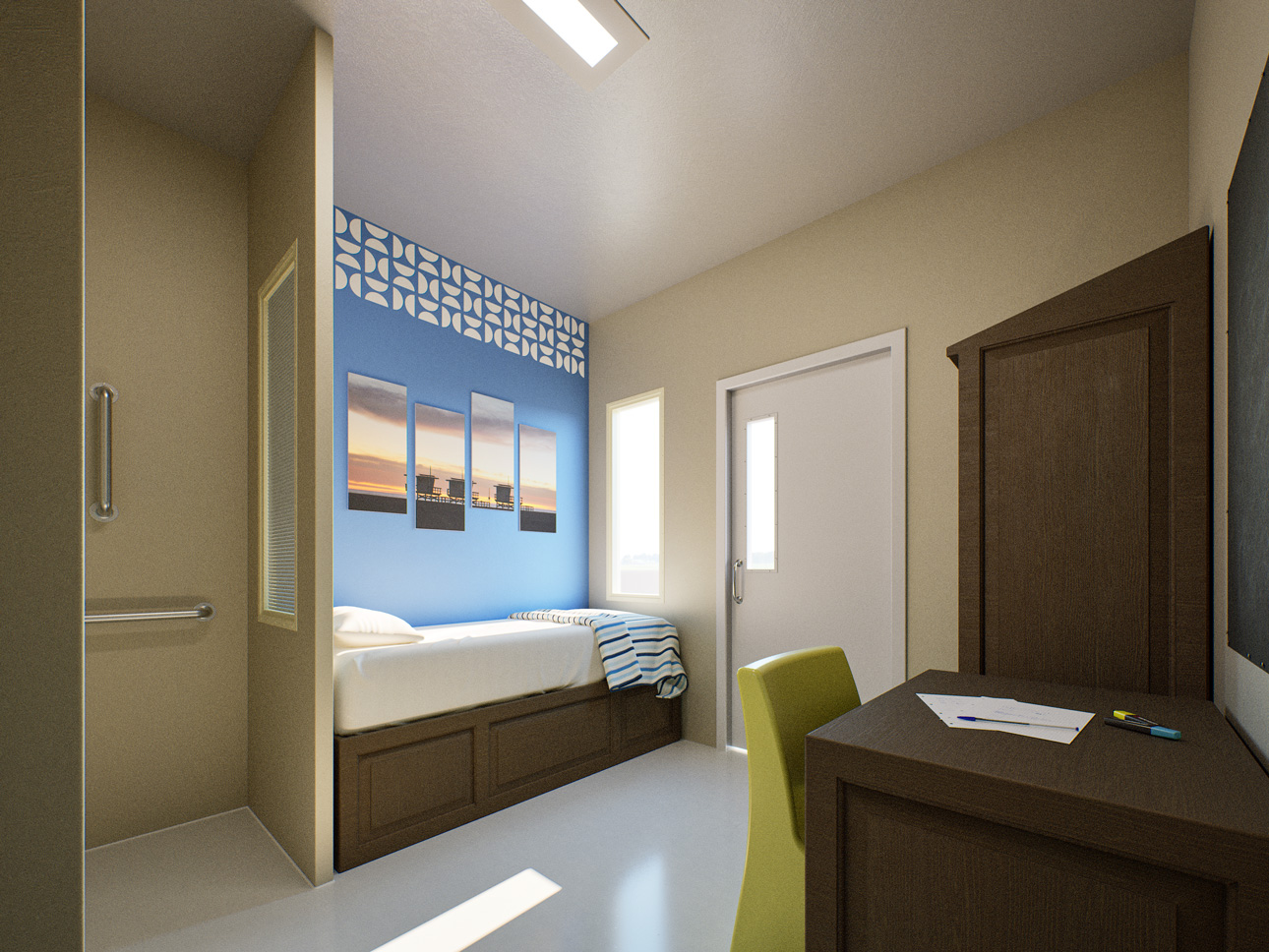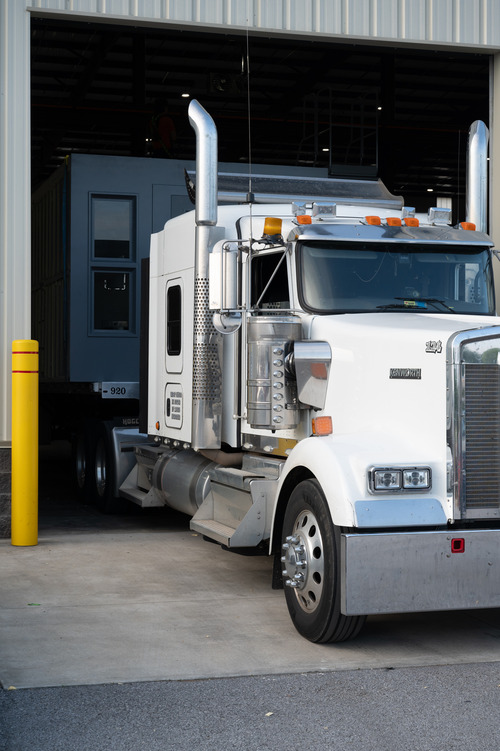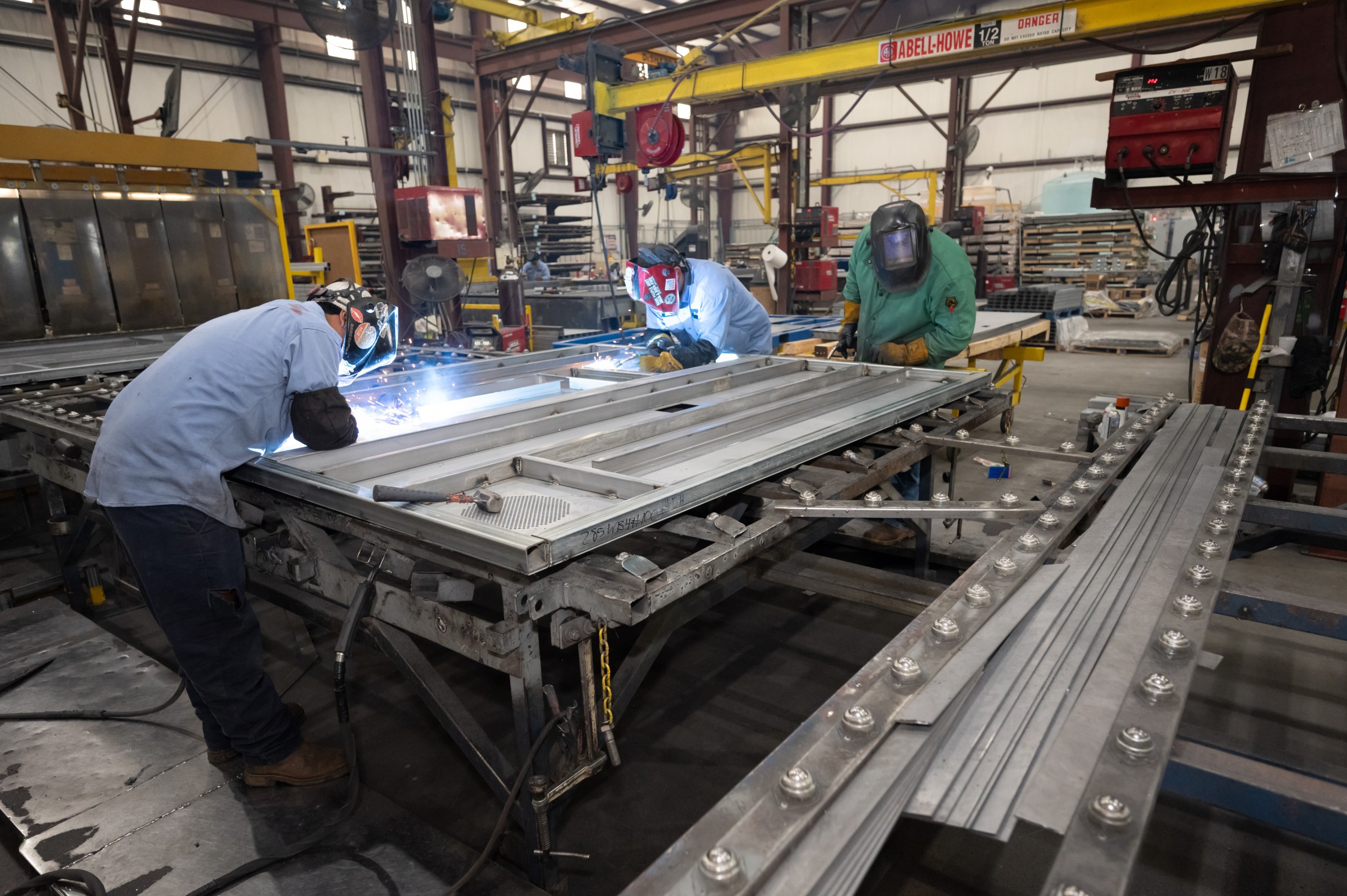Ideal Uses of Mechanical Locks in Prisons: Ensuring Security and Control
Mechanical locks have long been an essential component of prison security. They offer a reliable and straightforward mechanism that has stood the test of time. Mechanical locks provide a dependable way to secure cells and restricted areas within a prison, ensuring the safety of both staff and inmates.
Unlike electronic systems, mechanical locks are not susceptible to power failures or hacking, making them a robust option in maintaining security integrity. Their simplicity also means that they require less maintenance and fewer technical skills to operate and repair, which is a significant advantage in high-security environments.
Mechanical locks can be integrated with other security measures to create a comprehensive safety plan.
Effective key control and management are critical to the security provided by mechanical locks. Proper protocols and staff training ensure that keys are handled responsibly, reducing the risk of unauthorized access. Coupled with regular maintenance, mechanical locks can remain an effective security measure in prison settings for years.
Key Takeaways
- Mechanical locks offer reliable security for prison cells.
- They are less vulnerable to technical failures compared to electronic systems.
- Proper key control and staff training are essential for effective security.
Historical Evolution of Mechanical Locks in Prisons
Mechanical locks in prisons have significantly evolved. From simple lock mechanisms to advanced systems, this evolution reflects changes in technology and prison security needs.
Early Lock Mechanisms
In the early days of prison architecture, locks were rudimentary. They often consisted of large, heavy padlocks made of iron or bronze. Such locks required substantial keys, offering minimal resistance to tampering. An example includes the locks used in 18th-century American prisons, which were mostly manually operated with basic key-and-pin mechanisms.
These locks served primarily to prevent unauthorized entry and exit. However, their simplicity made them vulnerable to skilled lockpickers. As prisons expanded and the number of inmates increased, the need for more reliable lock mechanisms became apparent.
Advancements in Locking Technology
With the dawn of the 19th century, mechanical lock technology saw significant advancements. Innovations such as the introduction of the lever tumbler lock provided enhanced security. These locks featured a set of levers that had to be lifted to a certain height by the key, making unauthorized access more difficult.
By the 20th century, combination locks and time locks began to be used in high-security facilities. These locks incorporated complex coding systems that required precise input to unlock. Modern prisons now often employ electronic locks, integrating multiple layers of security, and enabling centralized control over numerous access points.
The continuous improvement in mechanical lock technology has greatly contributed to the effectiveness and safety of prison environments.
Mechanical Vs. Electronic Locking Systems
Choosing between mechanical and electronic locking systems in prisons often requires careful consideration of their unique benefits and challenges. Factors include reliability, vulnerability to tampering, and the balance of security and practicality.
Advantages of Mechanical Locks
Mechanical locks are renowned for their durability and simplicity. They operate without the need for electricity, making them unaffected by power outages, which is a critical factor in maintaining security within a prison environment.
They are less susceptible to hacking or electronic manipulation. Each lock and key combination requires physical interaction to compromise, thus reducing the risk of unauthorized access through digital means.
Maintenance of mechanical locks tends to be straightforward. Replacement parts are typically available, and repairs can often be done in-house without needing specialized electronic knowledge. The longevity of mechanical systems also underscores their practicality for long-term use.
Limitations of Electronic Systems
Electronic locking systems, while advanced, are subject to technological vulnerabilities. Power failures can render these systems inoperative unless backed by a robust and reliable power backup infrastructure.
They are susceptible to hacking and other forms of cyber sabotage. This vulnerability necessitates ongoing cybersecurity measures, which can be both costly and complex.
Electronic systems often require regular software updates and technical maintenance. The costs and need for specialized training could be a burden on institutional resources. In environments where minimizing operational disruptions is a priority, these factors must be taken into account.
Hybrid Security Solutions
Hybrid systems combine the strengths of both mechanical and electronic locks. Such systems enhance security by creating multiple layers of protection, helping to mitigate the vulnerabilities inherent to each type of lock.
A hybrid system can provide the reliability of mechanical locks while benefiting from the advanced features of electronic controls. The mechanical component ensures that locks remain operational during power outages, while electronic features enable real-time monitoring and controlled access.
Implementing a hybrid system can complicate installation and maintenance. It requires integrating two different technologies seamlessly, which may demand a higher initial investment. However, the multifaceted security benefits often justify this complexity.
Types of Mechanical Locks Used in Prisons
Prisons rely on various mechanical locks to ensure security and manage access. The most commonly utilized locks include deadbolts, lever locks, and mortise locks, each known for its specific features and ideal use cases within correctional facilities.
Deadbolts
Deadbolts are among the most secure mechanical locks used in prisons. They feature a solid metal bolt that extends into the door frame, providing robust resistance against forced entry.
Single-cylinder deadbolts are typically used on internal doors where controlled access is required. Meanwhile, double-cylinder deadbolts offer added security by necessitating a key for both sides, reducing the risk of unauthorized unlocking.
Deadbolts are prized for their durability and strength. Their installation is straightforward, making them suitable for retrofit projects. These locks are often used in areas requiring high security, such as isolation units and control rooms.
Lever Locks
Lever locks are favored for their ease of use and durability. These locks incorporate a lever mechanism that is both user-friendly and reliable, particularly in facilities where personnel frequently lock and unlock doors.
Bitted lever locks and disc tumbler lever locks are common variations found in prisons.
Lever locks offer the advantage of quick locking and unlocking, which is critical in emergency situations. They are commonly used on cells and administrative offices due to their balance of security and convenience. Their design also mitigates issues related to key duplication and lock tampering, enhancing overall security.
Mortise Locks
Mortise locks are widely used in prison environments for their robust build and versatility. These locks are embedded into the door itself, providing higher resistance to physical attacks compared to surface-mounted locks. They consist of a mortise cylinder and a lock body that operates with a combination of mechanisms, including a latch and a deadbolt.
Mortise locks are ideal for doors with high traffic, such as entrances to cellblocks and administrative areas. Their complex design supports a variety of functions, from simple locking to intricate access control. The added security and adaptability make them a popular choice in correctional facility architecture.
Key Control and Management in Prisons
Efficient key control and management in prisons are critical to maintaining security and operational efficiency. Key duplication prevention and the implementation of master key systems are two essential aspects of this management.
Key Duplication Prevention
Preventing key duplication in prisons involves multiple layers of security to ensure that unauthorized copies cannot be made. High-security locks often use patented keyways that restrict unauthorized duplication. Only licensed locksmiths can create these keys, reducing the risk of illicit copies.
Electronic key management systems track and control access to physical keys through software and hardware solutions. These systems log when keys are checked out and returned, identifying users and times, which helps in auditing and accountability. Regularly changing locks and keys also mitigates risks associated with lost or stolen keys.
Master Key Systems
Master key systems streamline access management in prison facilities by allowing a single key to open multiple locks, while subsets of keys open only specific locks. This hierarchical keying reduces the need for staff to carry numerous keys and enhances operational efficiency.
Careful design and implementation are crucial in master key systems to prevent security breaches. For instance, a grand master key might open all locks, while sub-master keys provide access to specific sections. These systems must be reviewed regularly to adapt to changing security needs and staff assignments, maintaining a balance between accessibility and stringent control.
Integration with Other Security Measures
Integrating mechanical locks with other security measures enhances the overall safety and efficiency of prison environments. Mechanical locks, when combined with advanced surveillance systems and well-established patrol protocols, create a robust security framework.
Surveillance Systems
Surveillance systems play a crucial role in monitoring prison activities and work as a complementary measure to mechanical locks. High-definition cameras strategically placed throughout the facility help keep an eye on inmate movements and staff activities.
These cameras can be integrated with the locking systems to ensure that doors are automatically locked or unlocked as needed. Furthermore, facial recognition technology can be employed to identify inmates and authorize access only to certain areas, minimizing the risk of unauthorized entry.
By integrating surveillance with mechanical locks, prison officials can quickly respond to any suspicious activities. This integration also aids in documenting and reviewing incidents, providing valuable footage that can be used for investigations and training purposes.
Patrol Protocols
Patrol protocols are designed to ensure that security personnel conduct regular checks and maintain a visible presence throughout the prison. Integrating these protocols with high-security locking systems provides an additional layer of supervision and control.
When patrol officers check mechanical locks, they can verify the security status of each cell and common area. Advanced locking systems, such as those developed by SteelCell, offer features that can be monitored and controlled through central command centers, allowing for real-time updates on lock statuses.
Patrol schedules can be optimized using data from mechanical locks and surveillance systems, ensuring that areas requiring more frequent inspections receive the necessary attention. This integrated approach helps in preventing security breaches and maintaining order within the facility. The combination of regular patrols and advanced locking mechanisms supports a secure and efficient prison environment.
Emergency Protocols and Mechanical Locks
Mechanical locks in prisons are crucial for ensuring security during emergencies. They provide reliable mechanisms for lockdown procedures and play a vital role in safe evacuations.
Lockdown Procedures
During a prison lockdown, the prompt and secure sealing of cells is imperative. Mechanical locks excel in these scenarios due to their reliability and simplicity.
Facilities often implement routine maintenance checks to ensure all mechanical locks function properly. Guards can swiftly turn keys to lock down multiple cells or entire wings, preventing unauthorized movement. Key control systems keep track of who has access to which locks, enhancing accountability.
Mechanical locks are also advantageous because they do not rely on a centralized control system. This decentralized nature ensures that individual cells can be locked or unlocked manually, increasing flexibility in emergency scenarios. Compared to their electronic counterparts, they offer a tangible and tactile method of securing inmates quickly.
Evacuation Considerations
In the event of an evacuation, mechanical locks provide a straightforward and efficient means of releasing inmates to safety. Emergency protocols often require an immediate and orderly evacuation to predefined safe zones. Mechanical locks, with their clear operational mechanisms, reduce the risk of delays and confusion.
Staff are trained to use mechanical keys quickly and effectively to unlock cells during an evacuation. This training ensures that evacuation can proceed smoothly even under stressful conditions. Clear labeling of keys and locks further facilitates this process, minimizing the chances of errors.
Additionally, mechanical locks require no electrical power, making them particularly advantageous during events like natural disasters when power may be lost. This independence from electricity ensures that evacuation procedures can be executed without technological hindrances, prioritizing the safety of both inmates and staff.
Maintenance and Upkeep of Mechanical Locks
Proper maintenance of mechanical locks in prisons is crucial. Regular inspections are essential to ensure locks remain functional.
Technicians should check for wear and tear. This includes worn-out tumblers or springs.
Cleaning is another important aspect. Dust and debris can hinder lock performance. Using appropriate cleaners can prevent this. Regular lubrication also keeps moving parts operating smoothly.
Here’s a simple maintenance checklist:
- Inspect for visible damage
- Clean locks with suitable solvents
- Apply lubrication
- Test functionality
Lock replacement may be necessary if significant damage is found. Immediate replacement minimizes security risks.
Training prison staff on basic maintenance can enhance lock longevity. Simple tasks such as light cleaning or lubrication can be handled by trained personnel.
Record-keeping is critical. Documenting maintenance activities helps track the condition of each lock.
| Maintenance Task | Frequency |
|---|---|
| Visual Inspection | Monthly |
| Cleaning | Quarterly |
| Lubrication | Biannually |
| Function Testing | Monthly |
Routine maintenance ensures mechanical locks operate reliably, enhancing prison security.
Using quality parts for repairs ensures durability. Inferior parts may fail and compromise security.
Proper maintenance procedures reduce the likelihood of lock failures, contributing to the overall security and smooth operation of prison facilities.
Staff Training on Mechanical Locks
Proper training on mechanical locks is crucial for prison staff to ensure both operational efficiency and security. Staff must be knowledgeable in the functionality of the locks and well-versed in security protocols to prevent unauthorized access and ensure the safety of both inmates and personnel.
Operational Training
Training should begin with hands-on exercises, allowing staff to familiarize themselves with different types of mechanical locks.
This includes understanding the mechanisms of tumbler locks, padlocks, and deadbolts.
Staff should practice routine maintenance, such as lubrication and inspection for wear and tear.
Knowing how to quickly and effectively address common issues like jams can prevent malfunctions during critical moments.
Training should include interpretation of lock status indicators and how to swiftly operate the locking systems. Efficient use of these locks can significantly impact the response time during emergencies.
Security Protocol Education
Security protocol training emphasizes the importance of consistent and stringent procedures to prevent breaches. This means knowing when and how to secure different areas within the facility.
It also includes identifying potential vulnerabilities in the locking systems.
Protocols must cover emergency lockdown procedures. Staff should be able to lock down an area in seconds to manage disturbances or escapes. Understanding the communication channels with the security team is also critical.
Regular updates should be given to staff on new measures and best practices for maintaining lock security.
Familiarity with both electronic augmentation (e.g., CCTV integration) and purely mechanical solutions ensures a comprehensive security strategy.


